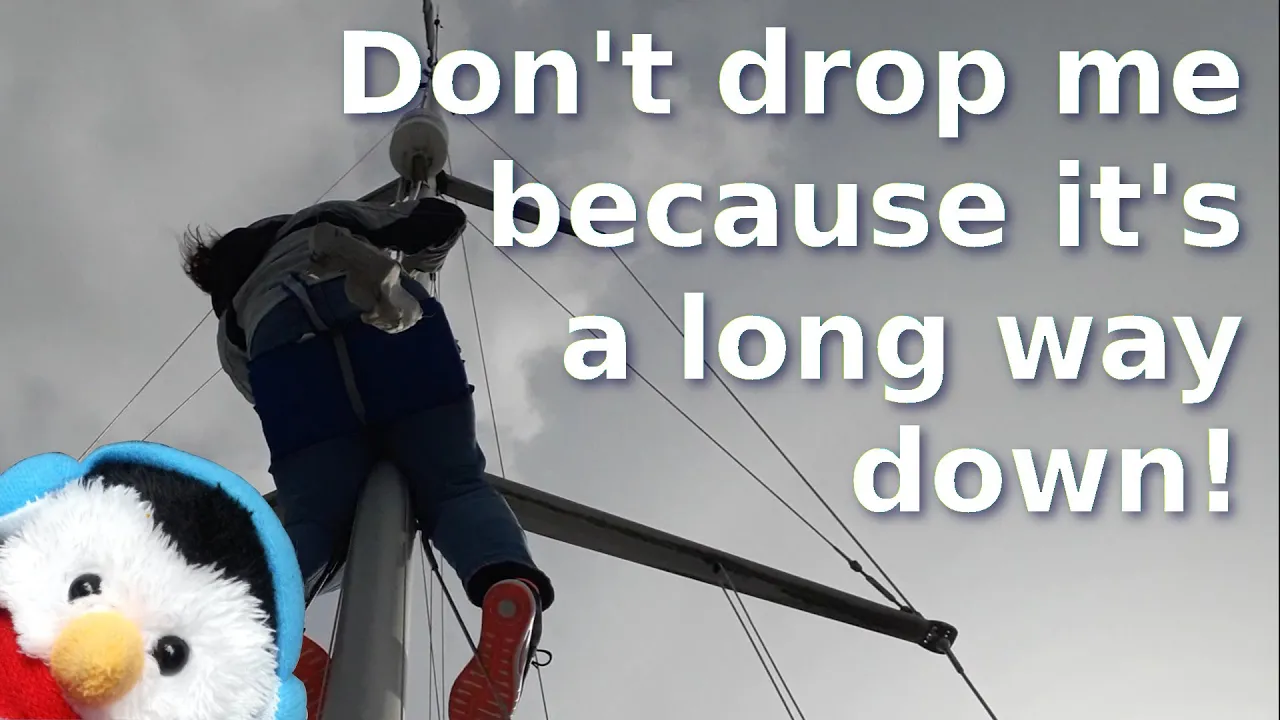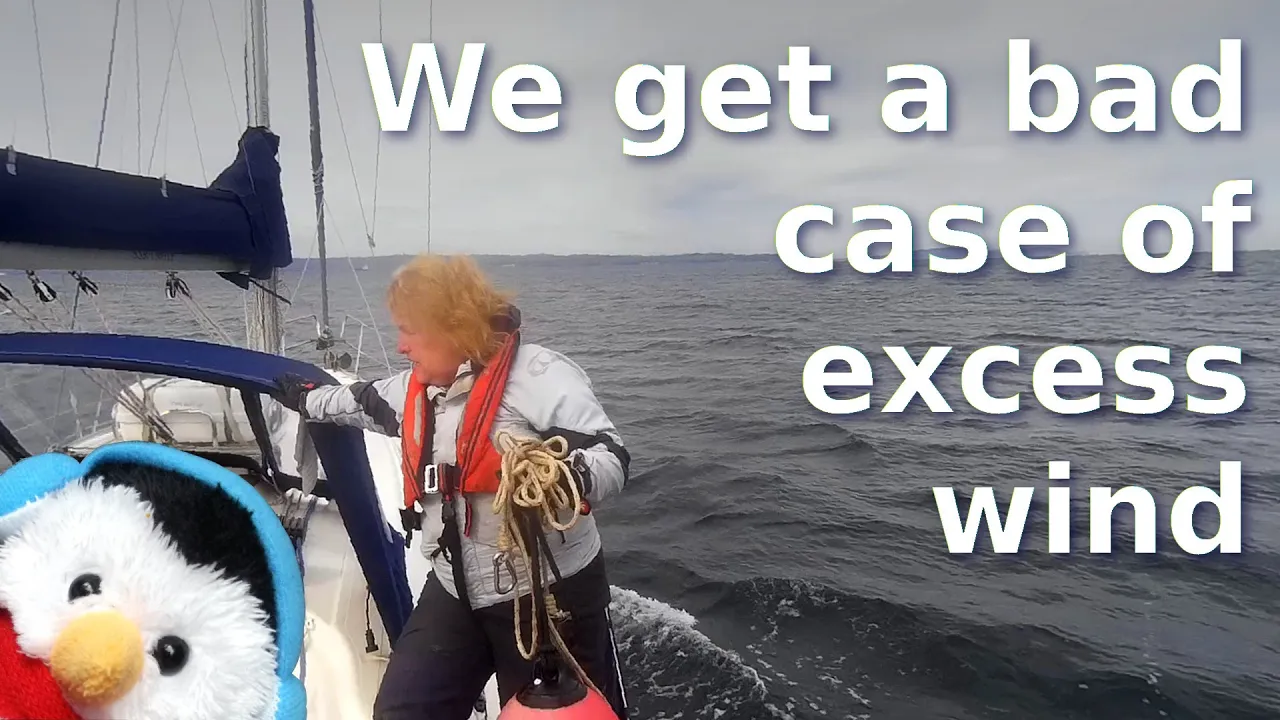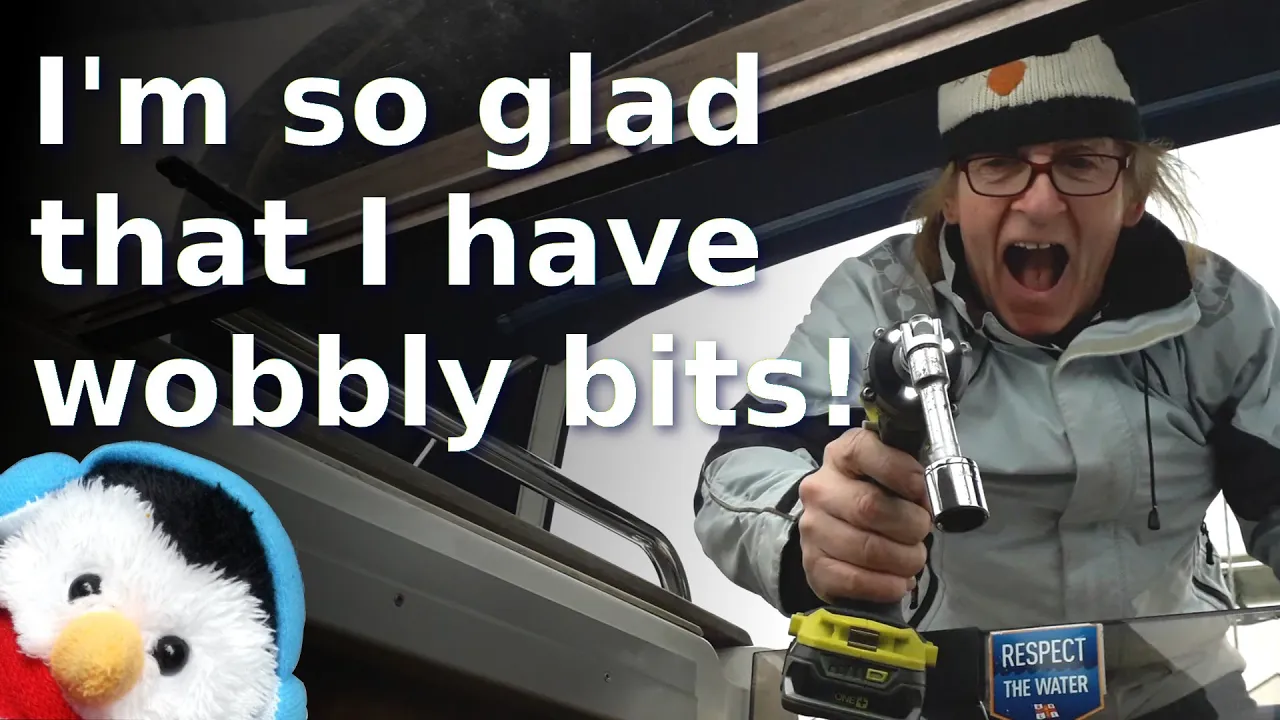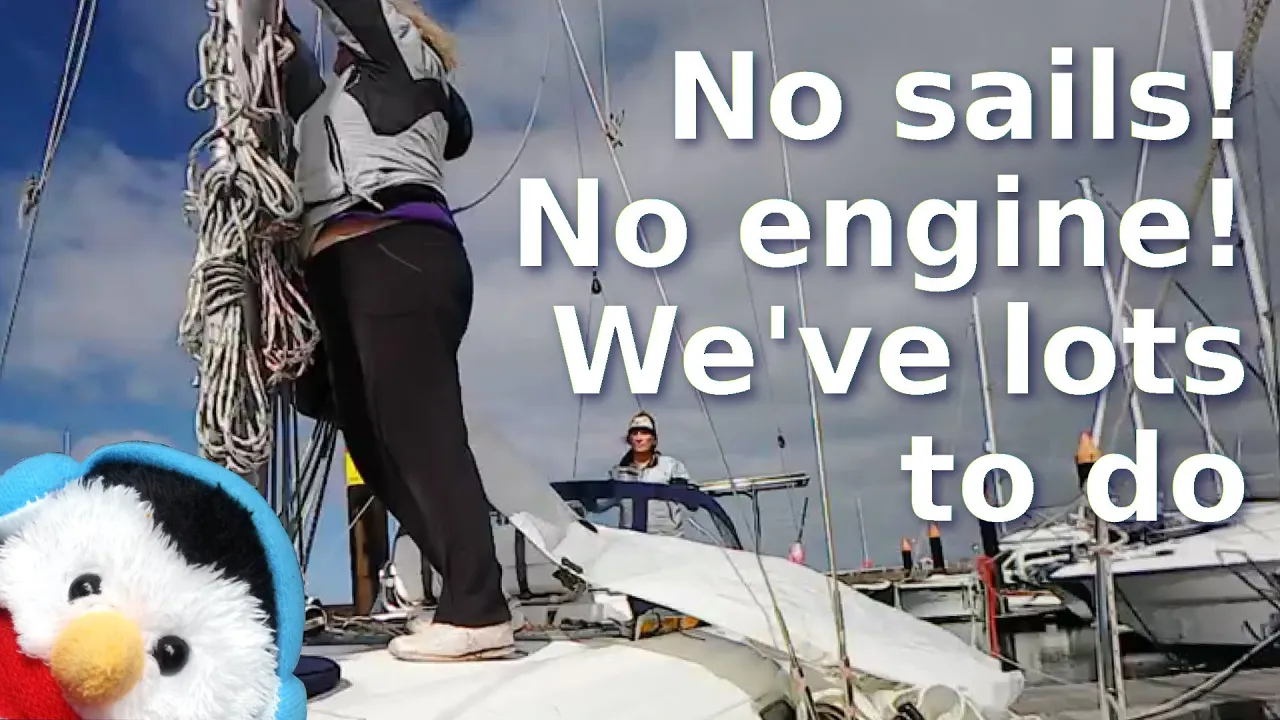One of the maintenance jobs that needed doing was servicing the winches. We service our winches every two years, it should be every year but in reality it is every two years. So prior to servicing the winches we collect cardboard boxes so that we can use them in the service.
Servicing your winches
- Collect cardboard boxes - We use cereal boxes as we eat a lot of cereal. They are also a good shape as you can cut a hole, just big enough to go over the winch, in one of the large sides and remove the other large side so that the short sides make a catcher for all the little bits that make up the winch.
- Use a large screwdriver - We have Harken winches so they just have one screw at the top keeping them all together, so we use a large screwdriver as it has a board tip and it offers a lot of leverage so that we can remove the screw.
- Use long tweezers - To remove the screw we use a pair of long tweezers as they are quite thin at the action end of the tweezers.
- Place your parts in a set pattern - As you remove the parts, place them in a pattern, say 1, 2, 3, with 1 being the 1st item removed, 2 being the 2nd etc. When you clean the parts, keep them in the same pattern and when you put them back, use the pattern in reverse for example 3, 2, 1.
- Always keep the same set of pins and cogs together - When you remove a cog, it usually means removing a pin first. So what we do is, remove the pin then the cog and once the cog is removed, put the pin into the centre of that cog so that the two parts are together.
- Remove the central shaft - On our Harken winches they are a set of pawls and cogs inside the central shaft that can only be cleaned if you remove the central shaft from the boat. For us on Salty Lass, this is the first time that we have done this and we have lived on Salty Lass for 5 years.
- Use impact drivers if you have to - If you are removing the central shaft and a screw is stuck, use an impact driver if you have to
- Use WD40 as a cleaner - You can clean silicon off your boat with WD40 once you have removed most of the old silicone with a scraper. We also used WD40 and a rag to clean all the parts
- Silicone sealant - The central shaft is screwed to the boat, so the correct sealant to use is silicone. A silicone sealant has no adhesive properties, and although you might only remove the central shaft every 5 years, it still needs to be removed. You will need to have silicone around the bolts as well as around the central shaft.
- Mask surfaces with making tape - Use masking tape on the boat and the central shaft to mask any areas where you do not want the silicone and it might spread to these areas.
- Keep the drain hole clear - With our central shaft there are drain holes so that if any water goes into the mechanism, the water can drain out, so make sure that you keep these drain holes clear of any silicone.
- Use Duralac on bolts - The bolts that attach the central shaft to the boat, are going into a metal plate under the fibre glass, so use Duralac on them so that there is no chemical reaction between the bolts and the metal inside the fibreglass. The chemical reaction that you are preventing in this case is galvanic corrosion.
- Gear oil - Use gear oil on the pawls. If you do not have gear oil, 3 in 1 oil will do. Do not use grease on the pawls as grease is heavy and the pawls could stick in grease
- Light synthetic grease - We use a synthetic grease containing teflon and we smear this on any part that moves and on the central shaft.
- Take care - With anything you do, take care. Be it to put the items back in the correct sequence or to make sure that the drain holes are clear of silicone
- Test your winches - After you have out your winches back test them
- Famous last words - Beverley thought that cleaning the single speed winches would be a half hour job, but the grease was so sticky that she had to remove the central shaft so that she could clean it properly
Radio cable
Our radio cable on our main radio was shattered. The outer insulation on the cable had started to perish so we had to order a new one. The cable we could get at a reasonable cost, but the connector on the end was a ridiculous price with the delivery ramping up the cost to over £100 pounds by the time we were done and a new radio only costs £170. So what we have done is bought a new cable and we are going to keep the connector from the old cable and attach the two together. So fingers crossed on that little job.













